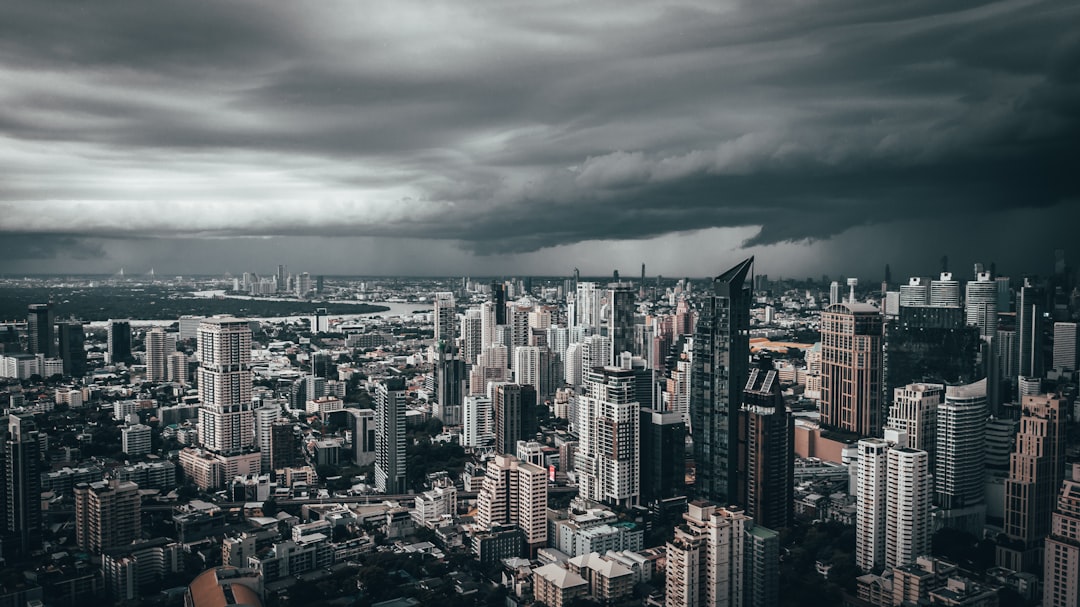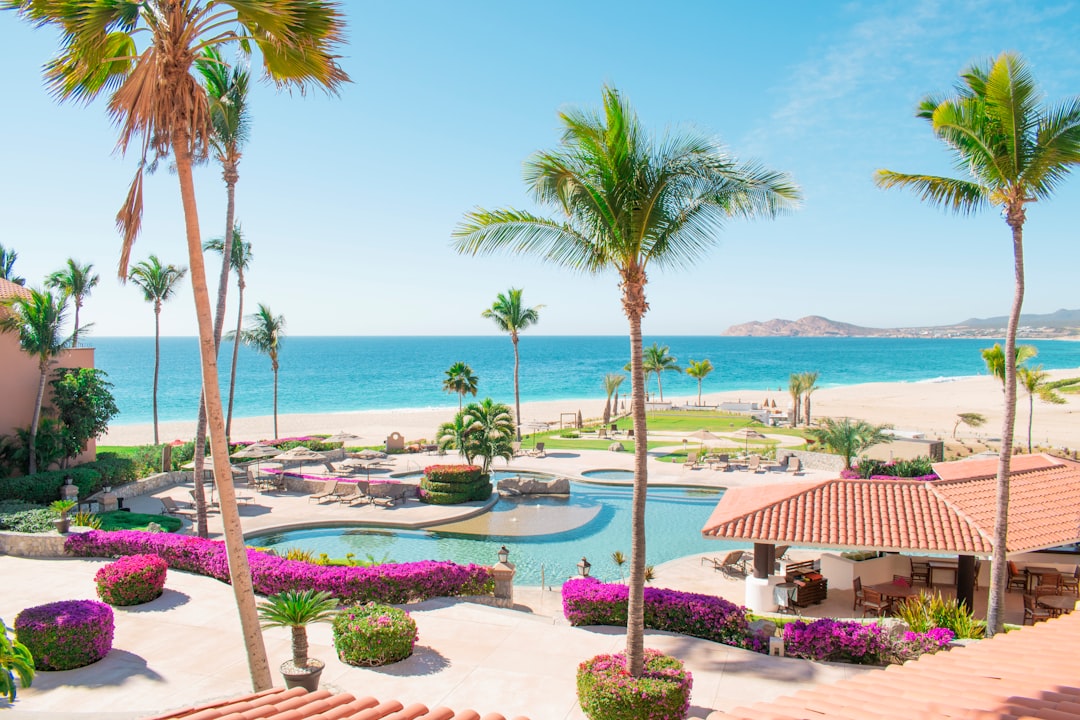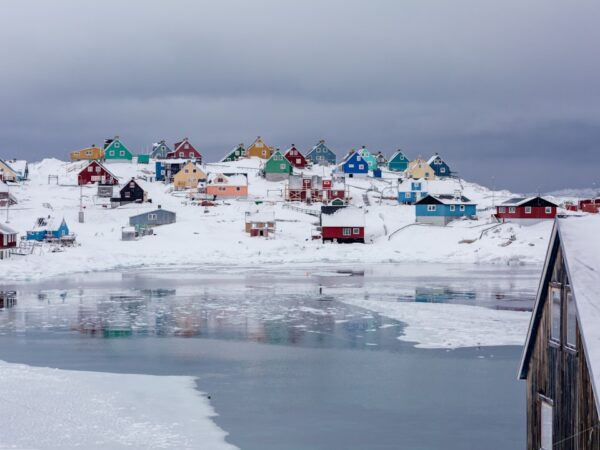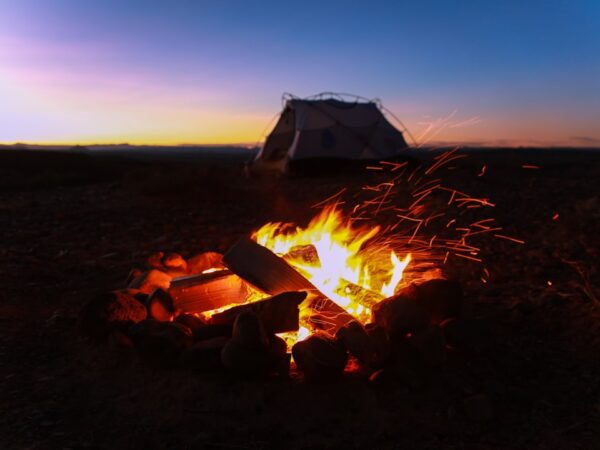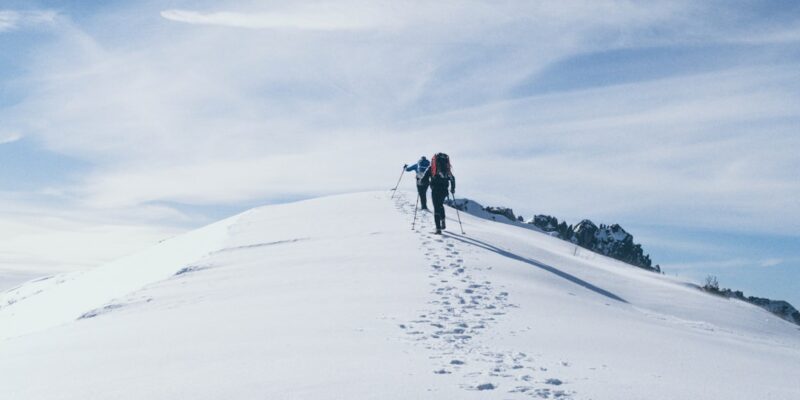
Journey to Everest Base Camp: A Trekker’s Dream
The Everest Base Camp Trek is one of the most iconic and popular treks in the world. Located in the Khumbu region of Nepal, this trek takes you to the base camp of Mount Everest, the highest peak in the world. The trek has a rich history, with the first successful ascent of Everest by Sir Edmund Hillary and Tenzing Norgay in 1953. Since then, it has become a dream for adventure enthusiasts from all over the world.
For adventure enthusiasts, the Everest Base Camp Trek is a once-in-a-lifetime experience. It offers breathtaking views of the Himalayas, including Mount Everest, Lhotse, Nuptse, and Ama Dablam. The trek also provides an opportunity to immerse yourself in the unique Sherpa culture and visit ancient monasteries along the way. It is a challenging trek that requires physical fitness and mental strength, but the rewards are well worth it.
Key Takeaways
- Everest Base Camp Trek is a challenging and rewarding adventure that requires proper planning and preparation.
- It is important to plan your itinerary carefully, taking into account acclimatization days and rest days.
- Physical fitness and appropriate gear are essential for a successful trek.
- There are different trekking routes and accommodation options available, depending on your preferences and budget.
- Acclimatization and altitude sickness are serious concerns that require attention and proper management.
Planning Your Trekking Itinerary
When planning your Everest Base Camp Trek, there are several factors to consider. The best time to trek is during the spring (March to May) and autumn (September to November) seasons when the weather is stable and clear. These months offer the best views of the mountains and are less prone to rainfall and snowfall.
The duration of the trek can vary depending on your fitness level and preferences. On average, it takes about 12-14 days to complete the trek, including acclimatization days. However, some trekkers choose to extend their trek by adding side trips or exploring other areas in the Khumbu region.
Permits and fees are required for trekking in the Everest region. You will need a Sagarmatha National Park Permit and a TIMS (Trekkers’ Information Management System) card. These can be obtained in Kathmandu or at the entry point of the national park. Additionally, you will need to pay a fee for the Khumbu Pasang Lhamu Rural Municipality.
Choosing a trekking agency is an important decision as they will provide you with a guide and take care of logistics such as accommodation and meals. It is recommended to choose a reputable agency with experienced guides who are familiar with the region. Reading reviews and getting recommendations from fellow trekkers can help in making an informed decision.
Preparing for the Trek: Physical Fitness and Gear
The Everest Base Camp Trek is a physically demanding trek that requires a good level of fitness. It is recommended to start preparing at least 3-4 months before the trek by incorporating cardiovascular exercises, strength training, and hiking into your routine. Building stamina and endurance will help you tackle the long and steep ascents on the trek.
When it comes to gear and equipment, it is important to pack wisely. Some essential items include a good quality backpack, hiking boots, warm clothing layers, a sleeping bag, a down jacket, a hat, gloves, sunglasses, sunscreen, and a first aid kit. It is also advisable to bring a water purification system or water purification tablets as clean drinking water may not always be available on the trek.
Training for the trek is crucial to ensure that you are physically prepared for the challenges ahead. It is recommended to start with shorter hikes in your local area and gradually increase the distance and elevation gain. This will help your body adapt to the demands of trekking at high altitudes. Additionally, incorporating strength training exercises such as squats, lunges, and core exercises will help build muscle strength and stability.
Trekking Routes and Accommodation Options
| Trekking Route | Difficulty Level | Duration | Accommodation Options |
|---|---|---|---|
| Everest Base Camp | Hard | 12 days | Teahouses, Camping |
| Annapurna Circuit | Moderate | 14 days | Teahouses, Lodges |
| Kilimanjaro | Hard | 7-9 days | Camping |
| Inca Trail | Moderate | 4 days | Camping, Lodges |
There are several trekking routes to Everest Base Camp, each offering unique experiences and views. The most popular route is the classic Everest Base Camp Trek, which starts from Lukla and follows the Dudh Koshi River valley. This route takes you through picturesque Sherpa villages such as Namche Bazaar, Tengboche, Dingboche, and Lobuche before reaching Everest Base Camp.
Another popular route is the Gokyo Lakes Trek, which takes you to the beautiful turquoise lakes of Gokyo. This route offers stunning views of Cho Oyu, the sixth highest mountain in the world, and allows you to cross the challenging Cho La Pass.
Teahouse accommodation is available along the trekking routes, making it a convenient option for trekkers. Teahouses are basic lodges that provide meals and a place to sleep. They offer a chance to interact with fellow trekkers and experience the local hospitality. Camping is also an option for those who prefer a more adventurous experience. However, camping requires carrying additional gear and hiring a support crew.
Acclimatization and Altitude Sickness
Acclimatization is a crucial aspect of trekking in the Everest region. As you ascend to higher altitudes, the air becomes thinner and oxygen levels decrease. It is important to allow your body time to adjust to these changes to avoid altitude sickness.
Altitude sickness, also known as acute mountain sickness (AMS), can occur when your body does not get enough oxygen at high altitudes. Symptoms of AMS include headache, nausea, dizziness, fatigue, and loss of appetite. In severe cases, it can lead to more serious conditions such as high altitude pulmonary edema (HAPE) or high altitude cerebral edema (HACE).
To prevent altitude sickness, it is recommended to take acclimatization days during the trek. These days are spent at higher altitudes but involve shorter hikes to allow your body to adjust. It is also important to stay hydrated by drinking plenty of water and avoid alcohol and caffeine. Diamox, a medication that helps with acclimatization, can be taken under the guidance of a doctor.
Trekking Highlights: Scenic Views and Cultural Encounters
One of the main highlights of the Everest Base Camp Trek is the breathtaking views of the Himalayas. From various points along the trek, you can witness panoramic views of Mount Everest, Lhotse, Nuptse, Ama Dablam, and other majestic peaks. The sunrise view from Kala Patthar, a popular viewpoint near Everest Base Camp, is particularly spectacular.
Another highlight of the trek is the opportunity to immerse yourself in the unique Sherpa culture. The Sherpas are an ethnic group native to the Khumbu region and are known for their mountaineering skills. Along the trek, you will pass through Sherpa villages and have a chance to interact with the locals. You can learn about their traditions, visit monasteries, and witness religious ceremonies.
Visiting monasteries is a cultural highlight of the trek. Tengboche Monastery, located at an altitude of 3,867 meters, is one of the most famous monasteries in the region. It offers stunning views of Mount Everest and hosts colorful festivals throughout the year. Other monasteries such as Pangboche Monastery and Thame Monastery are also worth visiting for their cultural and historical significance.
Food and Drink Options on the Trek
During the Everest Base Camp Trek, you will have access to a variety of food options. Teahouses along the trekking routes offer a range of meals including Nepali, Indian, Tibetan, and Western dishes. Dal Bhat, a traditional Nepali meal consisting of rice, lentil soup, vegetables, and pickles, is a popular choice among trekkers as it provides energy for long hikes.
It is important to stay hydrated during the trek to prevent altitude sickness. It is recommended to drink at least 3-4 liters of water per day. Bottled water is available at teahouses, but it can be expensive and harmful to the environment. Using a water purification system or water purification tablets is a more sustainable option. It is also advisable to carry electrolyte powders or tablets to replenish lost minerals.
In terms of nutrition, it is important to consume a balanced diet that includes carbohydrates, proteins, and fats. Carbohydrates provide energy for hiking, proteins help in muscle recovery, and fats provide long-lasting energy. Snacks such as nuts, energy bars, and dried fruits are convenient options for quick energy on the trail.
Challenges of the Trek and How to Overcome Them
The Everest Base Camp Trek presents several challenges that trekkers need to be prepared for. The physical challenges include long and steep ascents, rocky terrain, and unpredictable weather conditions. Mental challenges such as altitude sickness and homesickness can also affect trekkers.
To overcome these challenges, it is important to have a positive mindset and stay motivated. Setting small goals and celebrating milestones along the way can help in staying focused. It is also helpful to trek at a steady pace and take regular breaks to rest and hydrate.
Having a support system in the form of a trekking guide or fellow trekkers can also make a difference. They can provide encouragement, share experiences, and offer assistance when needed. It is important to listen to your body and take rest days if necessary.
Safety and Health Considerations on the Trek
Safety should be a top priority when trekking in the Everest region. It is important to follow safety precautions such as staying on marked trails, avoiding solo trekking, and carrying a first aid kit. It is also advisable to have travel insurance that covers emergency medical evacuation in case of any unforeseen circumstances.
Common health issues that can occur during the trek include altitude sickness, gastrointestinal problems, and respiratory infections. To prevent these, it is important to maintain good hygiene practices such as washing hands regularly and using hand sanitizers. It is also advisable to avoid drinking untreated water and eating raw or undercooked food.
It is recommended to consult with a healthcare professional before embarking on the trek to ensure that you are in good health. They can provide advice on vaccinations, medications, and any pre-existing medical conditions that may affect your trekking experience.
The Ultimate Trekker’s Dream Fulfilled
The Everest Base Camp Trek is a dream come true for adventure enthusiasts. It offers a unique opportunity to witness the beauty of the Himalayas, experience the Sherpa culture, and challenge yourself physically and mentally. With proper planning, preparation, and guidance, this trek can be a life-changing experience.
Recapping the trekking experience, the Everest Base Camp Trek takes you through stunning landscapes, picturesque villages, and ancient monasteries. The scenic views of the Himalayas are awe-inspiring and provide a sense of accomplishment. The cultural encounters with the Sherpa community offer a glimpse into their way of life and their deep connection with the mountains.
For future trekkers, it is recommended to do thorough research, choose a reputable trekking agency, and prepare both physically and mentally for the challenges ahead. The Everest Base Camp Trek is not just a physical journey but also a spiritual one that tests your limits and pushes you out of your comfort zone. It is an adventure of a lifetime that will leave you with memories to cherish forever.
FAQs
What is Everest Base Camp?
Everest Base Camp is the starting point for climbers who want to summit Mount Everest. It is located at an altitude of 5,364 meters (17,598 feet) in the Khumbu region of Nepal.
What is trekking?
Trekking is a form of hiking that involves walking long distances on foot, usually in mountainous or remote areas. It is a popular activity for adventure seekers and nature enthusiasts.
How long does it take to trek to Everest Base Camp?
The trek to Everest Base Camp usually takes around 12-14 days, depending on the route and the pace of the trekker. It involves walking for several hours each day and acclimatizing to the high altitude.
What is the best time to trek to Everest Base Camp?
The best time to trek to Everest Base Camp is during the spring (March to May) and autumn (September to November) seasons. These months offer clear skies, mild temperatures, and stable weather conditions.
What are the risks of trekking to Everest Base Camp?
Trekking to Everest Base Camp involves several risks, including altitude sickness, extreme weather conditions, and physical exhaustion. It is important to be well-prepared and to follow safety guidelines to minimize these risks.
What equipment do I need for trekking to Everest Base Camp?
Some essential equipment for trekking to Everest Base Camp includes sturdy hiking boots, warm clothing, a backpack, a sleeping bag, a trekking pole, and a water bottle. It is also recommended to bring a first aid kit and a headlamp.
Do I need a guide to trek to Everest Base Camp?
While it is possible to trek to Everest Base Camp independently, it is recommended to hire a guide or join a guided tour for safety and convenience. A guide can provide valuable information about the route, the culture, and the environment, and can also assist in case of an emergency.


